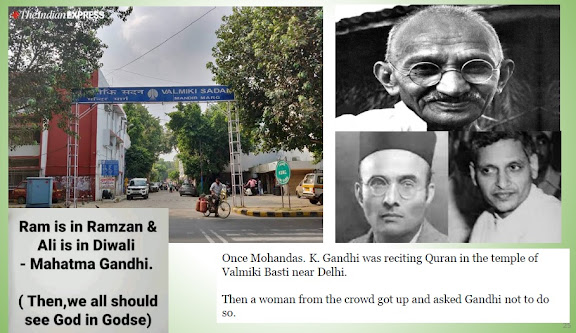How Buildings Learn
(Extracted from
E-Touch 207 in regard to an article written by S. Ganesh Manikandan reviewing
Stewart Brand’s Book titled “How Buildings Learn – What happens after they are
built”.
Stewart Brand is the author of “How Buildings Learn”.
Stewart Brand – Born on 14 – 12 – 1938 – Now Age: 82 years.
Stewart Brand is an American writer, best known as editor of the Whole Earth Catalog.
He founded a number of organizations, including The WELL, the Global Business Network, and the Long Now Foundation. He is the author of several books, most recently Whole Earth Discipline: An Ecopragmatist Manifesto.
Ganesh Manikandan – E-Touch Editor’s Son had written a detailed article reviewing Stewart Brand’s Book titled “How Buildings Learn” and posted it in his LinkedIn.
Here is the link for Ganesh’s article –
It is really surprising that the review article by Ganesh was noticed by Stewart Brand and had commented as follows:
Stewart Brand had commented about Ganesh’s article thus: “Here is a wonderful expansion on ideas in my HOW BUILDINGS LEARN book. “
This is a rare compliment one can think of and be proud of. And that too from a 82 year old author himself!
How Buildings Learn: What Happens After They’re Built is an illustrated book on the evolution of buildings and how buildings adapt to changing requirements over long periods. It was published by Viking Press in 1994. In 1997 it was turned into a 6-part TV series on the BBC. For those who wanted to view the videos, click the link: https://www.youtube.com/watch?v=AvEqfg2sIH0
Brand asserts that the best buildings are made from low-cost, standard designs that people are familiar with, and easy to modify. In this way people can gradually change their buildings to meet their needs. One of his examples is Building 20 at the Massachusetts Institute of Technology. Brand states that a supply of simple, low-cost, easily modified buildings is key to innovation and economic growth. He implies that an expanding property-value market may actually slow innovation and produce a less human-centered community.
Stewart Brand Selective Quotes from the
book:
1. I draw on the philosopher Immanuel Kant's theory of ‘adherent beauty’ as a model for judging such buildings, not just as good or useful, but furthermore, as beautiful. This, I shall argue, is to judge as beautiful the confluence of the various aspects of the building.
2. A library doesn't need windows. A library is a window.
3. Buildings keep being pushed around by three irresistible forces—technology, money, and fashion.
4. To change is to lose identity; yet to change is to be alive.
5. Age plus adaptivity is what makes a building come to be loved. The building learns from its occupants, and they learn from it.
6. A good strategy ensures that, no matter what happens, you always have maneuver-ing room
7. Evolutionary design is healthier than visionary design.
8. Style is time’s fool, Form is time’s student.
Here are a few points extracted from Ganesh’s article for your information:
- Daniel Kahneman in his book – Thinking, Fast and Slow – tells the story of his interaction with a group of Islareli Air Force flight instructors he was teaching. One instructor was quite adamant in his view that the performance of the pilots under his wing improved without exception, when he gave them an earful after a particularly disappointing showing. They then performed well – but, even then, he argued that “Praising them for their great showing will lead to performance dip!”
Kahneman bursted the misconception of the instructor with a simple demonstration.
He drew a target with a piece of chalk on the floor and asked the group to turn around throw two coins, one after the other, with their backs facing the target. The results, when tabulated, showed a crystal clear pattern: a woeful firs try was without fail followed by a better one and vice versa.
Kahneman noted: We statistically punished for being nice and rewarded for being nasty.
2. NASA was spending millions on a project to develop a pen that would function in space in Zero Gravity and was curious to find out what the Soviets had figured out.
To their absolute mortification, the cosmonauts were using pencils.
The Soviets had framed the problem in terms of the job that needed doing in an entirely tool-agnostic way. Instead, the Americans chose a narrow frame and got boxed – in trying to optimize around a wholly self-imposed constraint - in the engineering field, one might call it over specificity.
Brief Profile of Ganesh from my facebook post on 09-04-2019
Amazon Link: https://www.amazon.in/s?k=books%20ganesh%20sankaran...
Ganesh Sankaran who is my son, had earlier authored two books – viz. Integrated Business Planning and Implementing Integrated Business Planning last year. Ganesh is one among the 4 and 5 authors respectively.
In the month of March 2019, one more book – titled Improving Forecasts with Integrated Business Planning was published wherein Ganesh Sankaran is the main author along with 3 others.









Comments